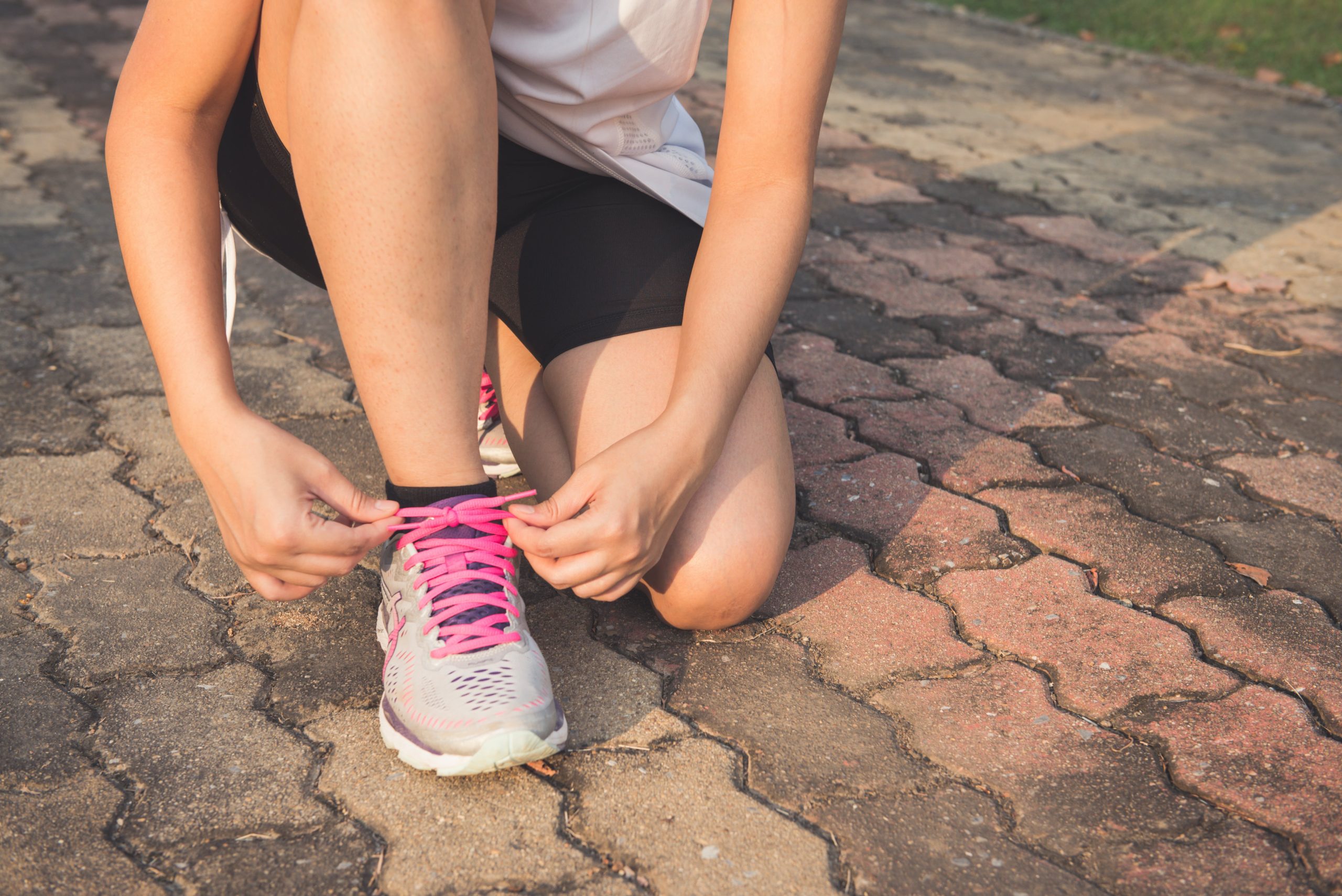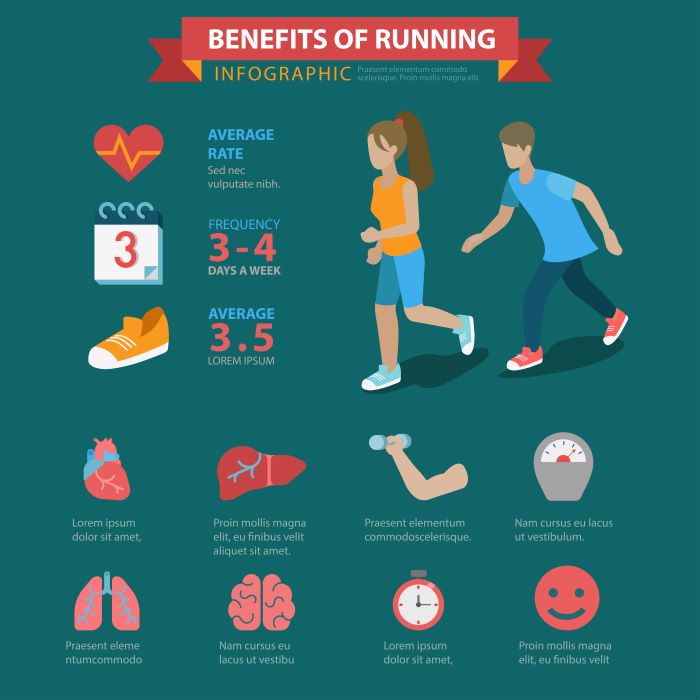Measuring your workout run distance in the UK is essential for monitoring progress, setting goals, and optimizing your training. Understanding the various methods available can help you choose the best approach suited to your needs. Here are some popular techniques:
- GPS-enabled devices: Wearable technology, such as smartwatches and fitness trackers, utilizes GPS to provide accurate distance data. These devices are particularly useful for outdoor runners, as they can track your route and offer real-time statistics.
- Mobile apps: Numerous apps like Strava and MapMyRun allow you to map your runs using GPS. They also provide additional features, such as pace tracking and community challenges, enhancing your running experience.
- Measuring wheels: For those who prefer a more traditional method, measuring wheels can be a practical tool. Simply walk or run along your route, and the wheel will calculate the distance traveled.
- Landmarks and known routes: Familiarize yourself with local trails or running paths that have marked distances. This can help you plan your workouts accurately without the need for additional tools.
Each method offers unique benefits, so consider your running style and preferences when deciding how to measure your distance. With the right approach, you can effectively track your progress and stay motivated on your fitness journey. Visit our website to learn more and get started today! Click here.
Popular Tools for Measuring Running Distance

When it comes to measuring your workout run distance in the UK, having the right tools can make all the difference. Here are some popular options that runners often use to ensure accurate distance tracking:
- Smartphones: With built-in GPS, your smartphone can easily track distance through various running apps. Popular choices include Strava, MapMyRun, and Runkeeper, all of which provide detailed statistics about your runs.
- Fitness Trackers: Devices like Fitbit, Garmin, and Apple Watch are specifically designed for fitness enthusiasts. They not only measure distance but also monitor heart rate, pace, and calories burned, providing a comprehensive view of your workout.
- Running Watches: For those who prefer a dedicated device, running watches offer specialized features like interval training, heart rate monitoring, and advanced GPS tracking. Brands such as Suunto and Polar are known for their accuracy and reliability.
- Foot Pods: This small device attaches to your shoe and measures distance using accelerometer technology. It’s an excellent option for indoor running on treadmills or when GPS signals are weak.
- Online Mapping Tools: Websites like MapMyRun and Google Maps allow you to plan your running routes by measuring distances beforehand. This is ideal for runners who like to explore new areas without needing a GPS device during their run.
Each of these tools has its strengths, so it’s worthwhile to consider which features are most important to you based on your running goals and environment.
Using GPS Technology for Accurate Tracking

GPS technology has revolutionized how runners track their workout run distance in the UK. By utilizing satellite signals, GPS devices provide unparalleled accuracy and reliability, making them a favorite among both casual joggers and serious athletes. Here’s how GPS technology enhances your running experience:
- Real-Time Tracking: GPS devices allow you to monitor your pace and distance in real time. This feature is invaluable, especially when you’re trying to hit specific targets or improve your performance.
- Route Mapping: Many GPS devices can map your running routes, helping you discover new trails and paths. This capability not only adds variety to your workouts but also allows you to explore your surroundings safely.
- Post-Run Analysis: After your workout, GPS data can be synced with apps and software for detailed analysis. You can review metrics like elevation changes, pace variations, and even heart rate data, which can help you understand your performance and make informed adjustments for future runs.
- Virtual Challenges: Many GPS-enabled apps offer virtual races and challenges that allow you to compete against others or set personal goals. This feature can be a great motivator to keep your training consistent and engaging.
- Battery Life Considerations: While GPS technology is incredibly useful, it’s important to consider battery life. Many devices have battery-saving modes that can extend usage time, making it possible to complete longer runs without worrying about your device dying mid-activity.
By integrating GPS technology into your training regimen, you gain valuable insights that can help you improve your running efficiency and overall fitness.
Mapping Your Running Routes Effectively

Mapping your running routes effectively is essential for maximizing your workout run distance in the UK while keeping your runs both enjoyable and challenging. Here are some strategies to help you plan your routes:
- Utilize Mapping Tools: Various online platforms and applications, such as MapMyRun or Strava, offer tools that allow you to create and visualize your routes. These tools can help you measure distance accurately and provide information on elevation changes, which can significantly impact your workout.
- Incorporate Local Trails: The UK is home to numerous parks and trails. By integrating these into your routes, you can enjoy scenic views and varied terrain, enhancing your running experience. Look for local trail maps or community recommendations to discover hidden gems.
- Plan for Safety: When mapping your routes, consider safety factors such as traffic levels, lighting, and the presence of other runners or pedestrians. Opt for well-lit areas and popular paths to ensure a safer running environment.
- Vary Your Routes: To prevent boredom and keep your motivation high, switch up your routes regularly. This not only helps you discover new areas but also challenges your body with different terrains and gradients, promoting a more well-rounded fitness routine.
- Use Landmarks for Navigation: Identify significant landmarks along your route to help with navigation. This can make it easier to track your distance and serve as mental markers to keep you motivated during your run.
By thoughtfully mapping your running routes, you can enhance your overall running experience and stay committed to achieving your fitness goals.
Tips to Improve Your Distance Measurement Accuracy

Ensuring the accuracy of your workout run distance in the UK is crucial for tracking your progress and setting achievable goals. Here are some effective tips to improve your distance measurement accuracy:
- Use a GPS Watch or App: Invest in a reliable GPS watch or use a smartphone app that tracks your distance. These devices provide real-time data and are generally more accurate than manual methods.
- Calibrate Your Devices: If you’re using a GPS watch or app, make sure to calibrate it properly. This may involve running a known distance and comparing the recorded data to ensure precision.
- Run on Measured Courses: Whenever possible, run on tracks or courses that have been officially measured. This can help you establish a baseline for your running distance and provide confidence in your measurements.
- Account for Terrain: Different terrains can affect your pace and distance perception. When running on hilly or uneven surfaces, take note that it may feel longer or shorter than flat runs. Adjust your expectations accordingly.
- Track Consistently: Consistency is key in tracking your runs. Always start and end your runs at the same points if possible, and keep a log of your distances. This will help you recognize patterns and discrepancies in your measurements.
- Check for Signal Issues: Be aware that GPS accuracy can be affected by tall buildings, dense forests, or poor weather conditions. Try to run in open areas when possible to improve signal reception.
By implementing these tips, you can enhance the accuracy of your distance measurements, leading to more effective training sessions and improved running performance.
Joining the Community for Running Insights
Engaging with a vibrant running community can significantly enhance your experience as you measure your workout run distance in the UK. Not only does it provide motivation, but it also offers valuable insights that can help you refine your training. Here’s how joining a community can benefit you:
- Shared Knowledge: Members of running communities often share tips, techniques, and personal experiences related to distance measurement. Learning from others can help you discover new tools or methods you may not have considered.
- Support and Motivation: Finding like-minded individuals who share your passion for running can keep you motivated. Whether you’re training for a race or just trying to improve your personal best, the encouragement from fellow runners can be invaluable.
- Group Runs: Participating in organized group runs can help you accurately measure your distance while enjoying the social aspect of running. These events often provide marked courses and support, allowing you to focus on your performance.
- Access to Events: Many running communities host events, workshops, and training sessions that are geared towards improving your skills and knowledge. Engaging in these activities can expose you to new techniques for measuring and tracking your runs.
- Accountability: Sharing your goals and progress with a group creates a sense of accountability. You’re more likely to stick to your training plan and accurately measure your distances when you have others cheering you on.
Joining a running community is a great way to surround yourself with support and knowledge, enriching your running journey. Visit our website to learn more and get started today! Click here.


